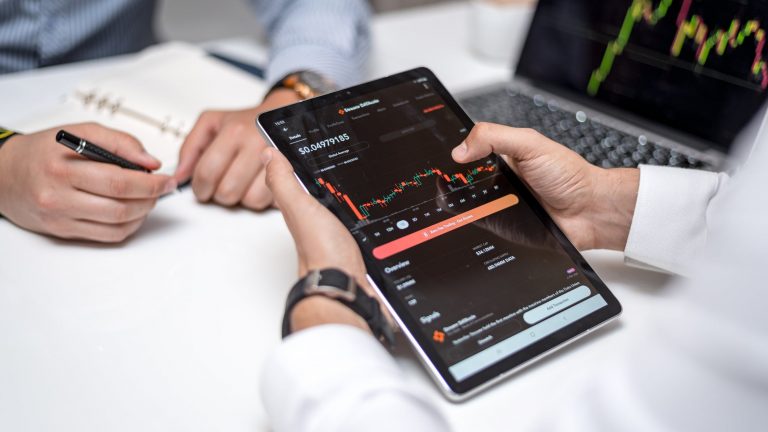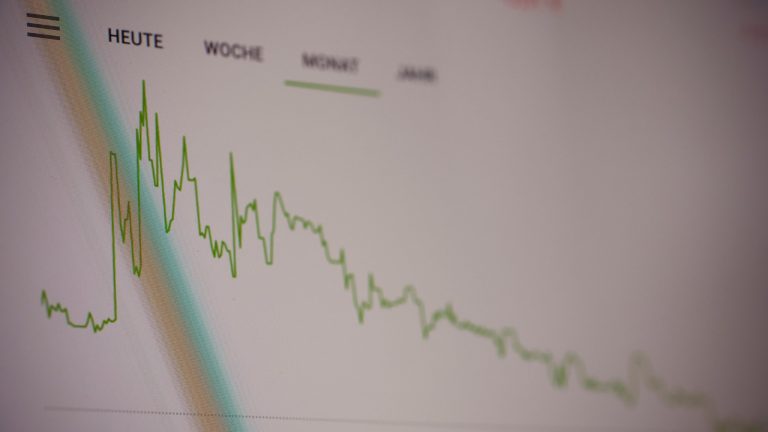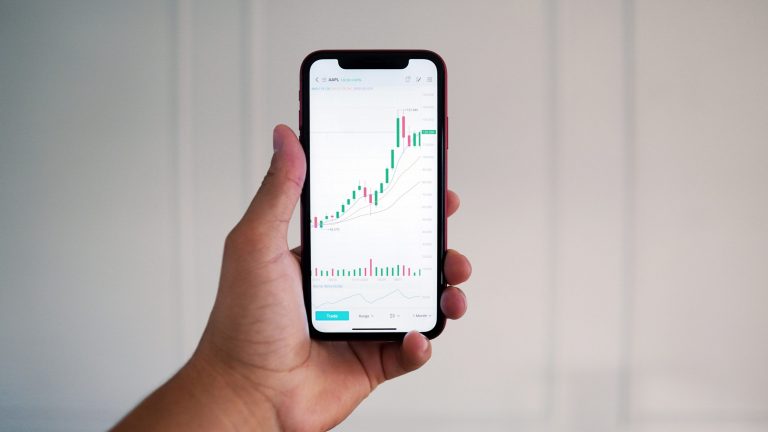- Earnings data, as well as attention to the FOMC decision
- There’s no luck on one of the few issues that might rekindle affection
- 20, 100, and 200-Day SMA; ‘Wicks’ (Daily) of QQQ Nasdaq 100 ETF; Volume vs Price Chart of QQQ Nasdaq 100 ETF
There were several top-tier primary occurrences and themes this past week in late April 2022, some of which might have set the market in motion even though there was a lot of anticipation.
After a month of increasingly intense speculation designed to build up anticipation for an accelerated approach of monetary policy tightening from the FED, we were finally in the media blackout period, which would allow other issues to feed wild rumors. However, despite this, it appears that the dollar’s relentless rise was the only consistency we could discover during the past week.
The market, as predicted, steamrolled over the first quarter GDP data release, which came in a shocking -1.4 percent against expectations of 1.1 percent growth. It was simpler to overlook a ‘lagging’ indicator like this, but the earnings side of the equation had a lot more potential. The stock market’s top five most valuable firms, FAANG (Facebook, Amazon, Apple, Netflix, and Google parent Alphabet), failed to provide the full-tilt move bulls or bears were searching for during the week.
While the US corporate earnings season will continue throughout the following weeks, we have breached the pinnacle. In the past week, we took in Facebook, Apple, Amazon, and Google earnings, and below is a breakdown of our findings.
Amazon and Google failed to meet expectations, but Meta (parent of Facebook) beat expectations by a small margin to balance out the prior quarter. We ended up with a net balance for the Nasdaq 100 that ranged from 13,500 to 13,000. According to Forbes, Apple is the world’s largest company, with a market capitalization of $2.67 trillion. The firm exceeded expectations by posting a $1.52 earnings per share on $97.28 billion revenue, but it also announced an additional $90 billion buyback and a penny increase in the dividend to $0.
Even though AAPL’s pre-market plunge was expected, the effects of this unquestionably positive news would still see it plunge through after-hours trade. The same macro concerns that continue to plague the economy are also evident in these companies’ forecasts.
A wide variety of top event risks with a monetary policy flavor and mainly a fed focus.
There is still room for the earnings season to impact markets in the future, but it’s more likely that economic issues will create more friction in the financial system.
The latest statistics on the economy’s growth and sectoral updates will have an impact on the investment climate in the future. Even though the ISM service sector activity report for April is buried beneath more considerable event risk, it’s essential information to watch.
On the other hand, the week ahead is defined mainly by monetary policy.
The Federal Reserve dominates the global market mood but doesn’t overlook the other major players in light of their policy changes. The Reserve Bank of Australia (RBA) is expected to raise its benchmark by 25 basis points, while the Bank of England (BOE) will increase the hawkish pace by 50 basis points.
Although it is somewhat off the beaten track from the majors, it’s worth keeping an eye on the Brazilian central bank’s policy decision, which is expected to see a 100 basis point increase – even though markets anticipate it.
Calendar of major economic events
Overall, the FOMC decision should be where we devote our mental energy to thinking through our realistic scenarios. It is significant because the central bank has spent weeks trying to create a more aggressive policy path ahead, despite the rampant inflation the world is facing – not to mention that rate hikes don’t assist much in addressing supply-side issues.
The market is anticipating a 50bp rise (97 percent according to futures) as even dovish members have said it will occur. That is where you will not find the speculative fight between value and discounting. Instead, the future adjustments, such as a rate increase in June and July and a possible charge in quantitative tightening, are still uncertain and highly speculative.
Because of this, a revealed half percent price increase should be acknowledged quickly, and then we go into the statement and press conference commentary that follows 30 minutes later. Even though equities have dropped significantly, and the dollar has vanished from the atmosphere, they may still extend farther in these directions.




